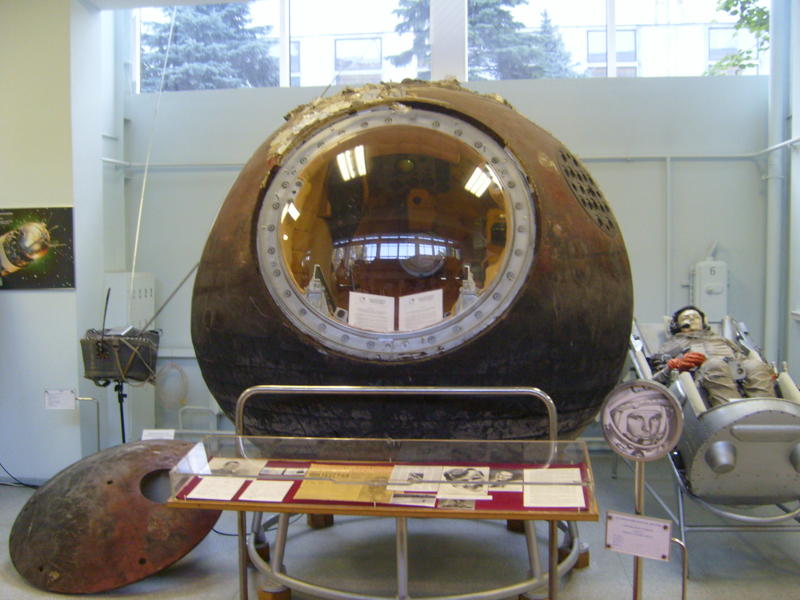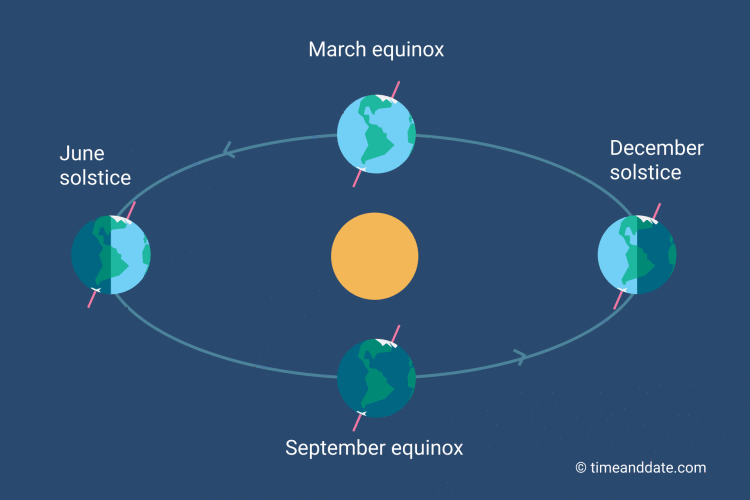The large asteroid 1998 OR2 safely made a close flyby of Earth on April 29, 2020. Its size is estimated to be between 1.8 and 4.1 km, making it capable of doing some serious damage and NASA classifies it as a large “potentially hazardous asteroid”. But its orbit has been carefully tracked and this asteroid poses no possibility of impact for at least the next 200 years. How close did it come? I tried to find out by measuring its parallax from two remote observatories and applying my rusty high-school trigonometry – the result was a distance value within 0.8% of NASA’s estimate.
Slooh hosted a live viewing of this asteroid on April 28. 2020 just before its closest flyby of Earth. They had two of their remote telescopes pointed at the asteroid: one located in the Canary Islands and another near Santiago in Chile. As expected the position of the asteroid, with respect to the background stars, appeared to shift in images taken by each telescope. This image shift is known as parallax. To make the shift more obvious, I grabbed an image from each telescope and aligned them with the Gimp (free image processing software similar to Photoshop). The asteroid appears as a slightly elongated oval compared to the background stars because of its rapid apparent motion during each exposure.
I noticed that the angular distance of the shift is about the same as the distance between a couple of stars just above the comet. So I fired up Stellarium and used its Angle Measure tool to measure the distance between the two stars. This turned out to be 4’ 30.84” or 0.0013131 when converted to radians.
With that measurement, the distance to the asteroid can be calculated with a bit of parallax math. The animated image below illustrates how the asteroid can shift in position with respect to the background stars when observed from two separated sites.
The geometry for our case is shown in the not-to-scale diagram below where the circle represents the Earth. Notice that the observing sites in the Canary Islands and in Chile are separated by less than the diameter of the Earth.
We want to calculate d – the distance to the asteroid. The definition of the trig tan function, tan(p) = r / d, can be re-arranged as
d = r / tan(p)
to do so.
The parallax angle, p, is known from our prior use of Stellarium’s Angle Measure tool – it is 1/2 the measured shift in the asteroid’s position or ½ * 0.0013131 = 0.0006565 radians.
The value of r is 1/2 of the chord length between the Slooh observatory in Chile and the observatory in the Canary Islands. The arc length, a, between these two sites (along the surface of the Earth) is easy to find, Google reports it to be about 8912 km. The general formula for calculating the length of a chord from an arc-length on a circle is
chord_length = diameter * sin( arc_length / diameter )
The circle, in this case, is the Earth whose diameter, ed, is approximately 12,756 km. That allows us to calculate r:
r = cord_length / 2
= ed * sin(a/ed) / 2
= 12756 * sin(8912 / 12756) / 2
= 4,102 km
Plugging these values of p and r into the parallax equation provides an estimate of the distance, d, to the asteroid.
d = r / tan(p)
= 4102 / tan(0.0006565)
= 6,248,285 km
This value is within 0.8% of NASA’s estimate of 6.3 million km for the distance at closest approach – not too bad.
When observed from a single site, asteroid 1998 OR2 appears to move quickly across the field of background stars because it is relatively close to Earth. The animation below shows how much the asteroid moved during a 20-minute interval when observed from the Canary Islands Observatory.
I believe that the velocity of the asteroid could be calculated from this animation along with the distance estimate. Is anyone up for tackling that calculation?


















